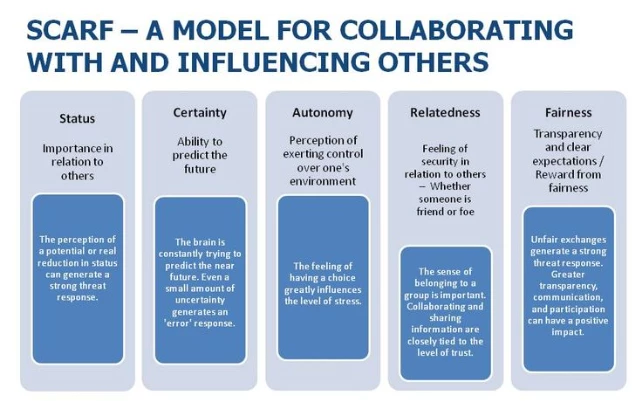Implementing organizational change is notoriously difficult—nearly two-thirds of all major changes in organizations fail, and studies show that only about 30% of transformations achieve their intended results. Leaders often face the dual challenge of guiding their teams while managing their own reactions to uncertainty, stress, and resistance. Yet, with careful planning, consistent communication, and attention to team dynamics, organizations can successfully implement change and achieve meaningful, lasting results.
How Personal Experiences with Change Shape Lori’s and James’ Approach to Coaching
From personal experiences with significant career changes and the loss of family members, Lori and James know that successfully navigating change requires grounding, the ability to ask for support, and emotional intelligence.
“A big change for us was going into business together. We got lots of support through therapy, coaching, and benchmarking other couples that were in business together before making the transition,” shared Lori. This firsthand experience continues to shape how they guide leaders through change to this day, emphasizing the importance of building a strong foundation before undertaking organizational change.
Together, they work with leaders to create grounding and self-care routines. Lori explained, “… if you're going through a lot of change, you've got to find the place in your life that's stable and grounded. We have assigned simple tasks for clients who were extraordinarily stressed, such as putting their feet in the sand (if they live near the beach) or going barefoot in the grass and then staying present with the feeling of sand (or grass) between their toes. It can be anything that grounds them so that they can stop being in fear mode.” By reconnecting to themselves, leaders are better equipped to navigate the uncertainty and stress that come with major transitions.
Lori and James also emphasize the importance of seeking support and leveraging resources during times of transition. Lori notes, “The strongest, most talented leaders ask for help. They seek out multiple perspectives; they are savvy and smart, and they ask for help. Find a trusted advisor(s) and/or coach to support you. Someone who can listen to and replay your thoughts back to you, and guide you in areas where you are unfamiliar and need support. Leaders need to have stability somewhere in their lives.”
James added that, beyond stability, leaders must cultivate self-awareness and emotional intelligence. “An upset leader… who doesn’t know they’re upset… disrupts the team… the more emotionally intelligent teams that you can put together and the more you can train them in that… the more effective they’re going to be with each other.” In other words, learning to manage emotions is just as critical as managing change, and developing these skills enables leaders to guide their teams more effectively through challenging times.
James and Lori talk about the importance of self-awareness when leading change:
Understanding the Psychology Behind Resistance to Change
Lori and James draw on frameworks, including the SCARF® model and the Wall of Resistance theory, to help leaders understand how a wide range of factors influence reactions to change, and how resistance is a natural part of the process that can be addressed with structured support.
SCARF® Model:
The SCARF® model, developed by David Rock, explains five key social drivers that influence how people respond to change: Status, Certainty, Autonomy, Relatedness, and Fairness. When these needs are perceived as threatened, people naturally resist; however, when they are supported, people are more likely to embrace change.
James and Lori draw on the SCARF® Model to guide leaders through uncertainty. James emphasizes that while certainty may be limited, leaders can provide other forms of stability: “If you can’t give them certainty of the future, what you can give them is something else to anchor into, such as clarity of their role… The path may be murky, but the end goal, the vision, should be very clear.”
Lori explains, “When the brain perceives a threat to status, certainty, autonomy, belonging, or fairness—it triggers stress, because even small uncertainties disrupt our sense of safety.” By understanding and addressing these drivers, leaders can reduce resistance, build trust, and guide teams through transitions more effectively.








